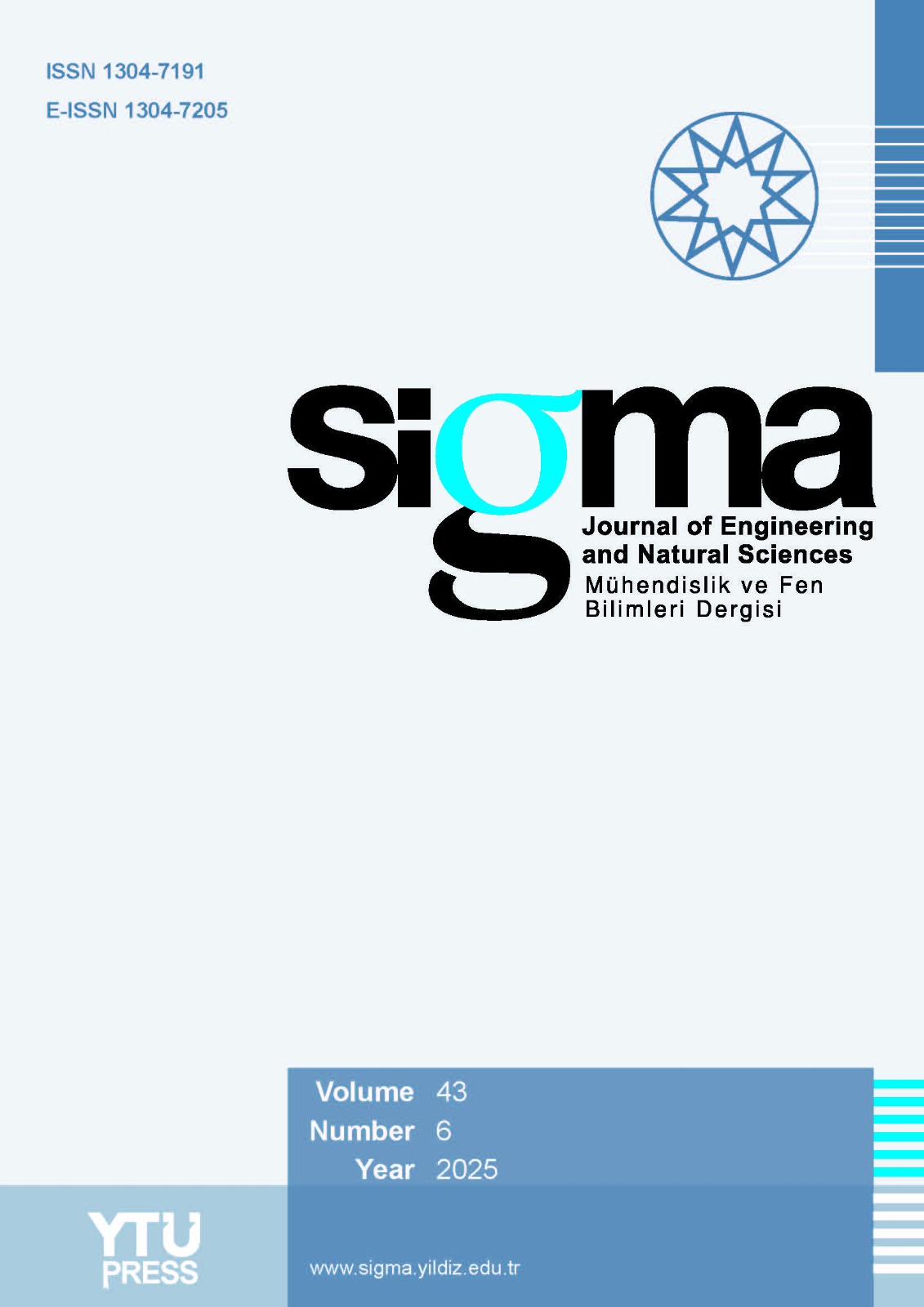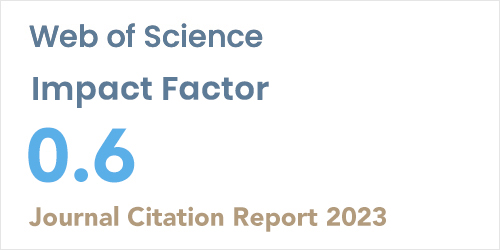2Department of Civil Engineering, University of Maragheh, Maragheh-IRAN
3Young Researchers and Elite Club, Maragheh Branch, Islamic Azad University, Maragheh-IRAN
Abstract
Spillways are the main hydraulic structures used to drain excess flow volume of dam reservoirs. It is essential to study siphon
overflows due to simple geometric structure, automatic function and acceptable capacity. Numerical values of overflow siphon hydraulic parameters were calculated in this study. For this purpose, the geometrical domain of the solution was designed using GAMBIT Software, and the numerical simulation of flow was carried out using Fluent Software. Then, the experimental results were compared with actual results. The data used in the validation section was collected from calculation of absolute pressure in the lower part of the spillway body. After verification of the results, the study mainly aimed to
evaluate the effect of a cup-shaped damper angle of the spillway outlet on hydraulic parameters of flow. For this purpose, four groups of hydraulic parameters were used: absolute pressure in the lower part of the spillway body, distribution of velocity at the spillway downstream, energy dissipation and the siphon spillway discharge coefficient. The cup-shaped damper radial angles were 30, 45 and 60 degrees. The results showed that mean velocity at a spillway downstream at a 60° outlet angle was higher than other outlet angles in all discharges. The greatest energy dissipation was observed in the spillway with a 30° outlet angle. In addition, the discharge coefficient increased by increasing the cup-shaped damper angle. However, the discharge coefficient decreased by increasing flow discharge. Absolute pressure on the lower part of spillway body was the only parameter that was not affected by changes in the spillway outlet angle.













